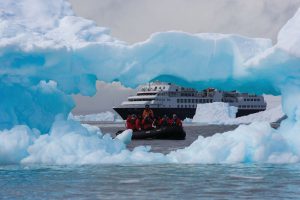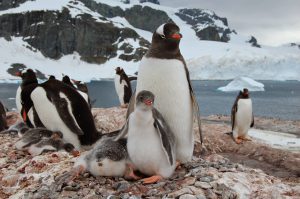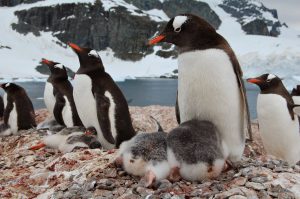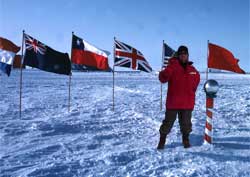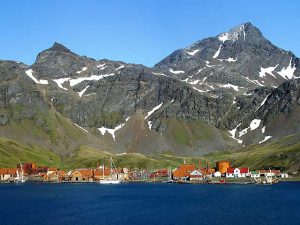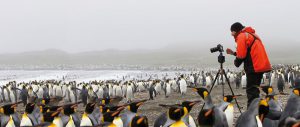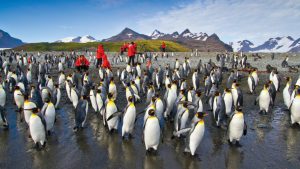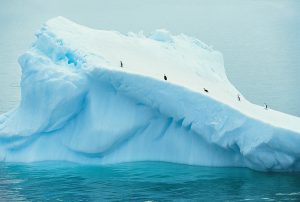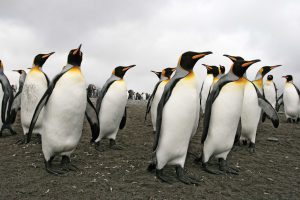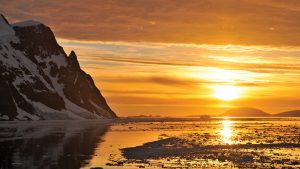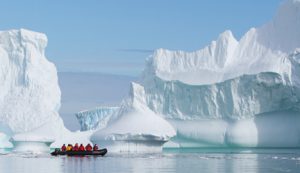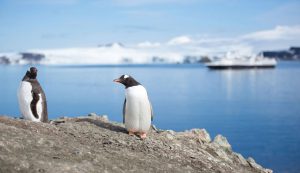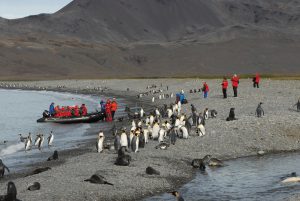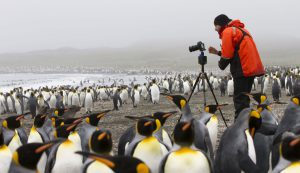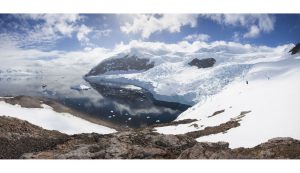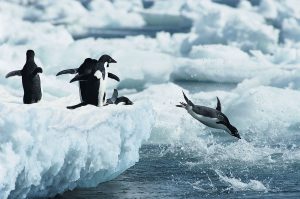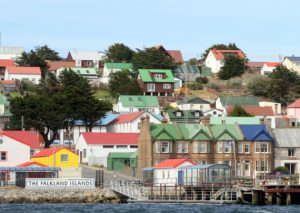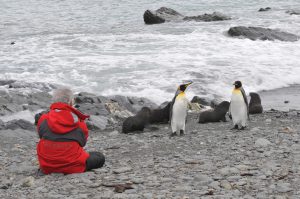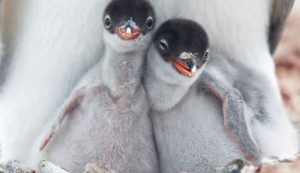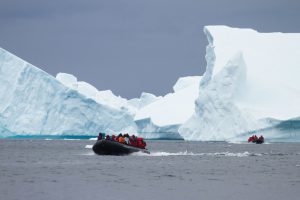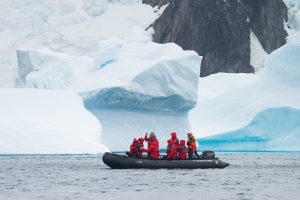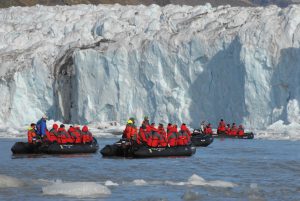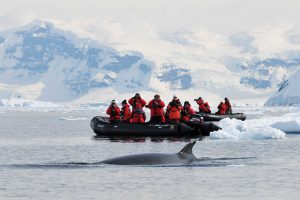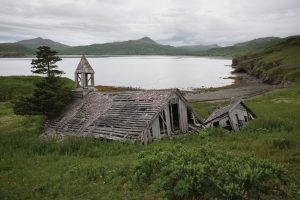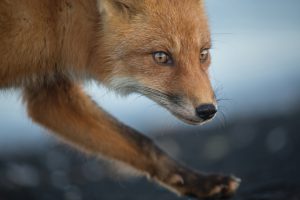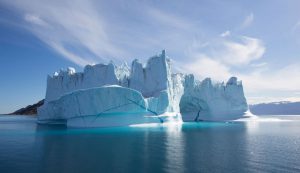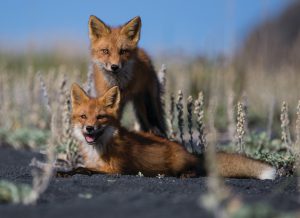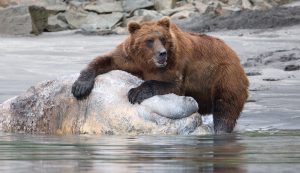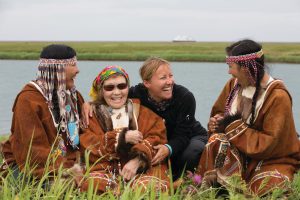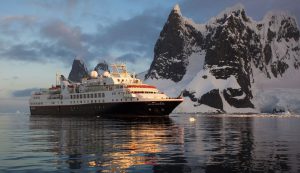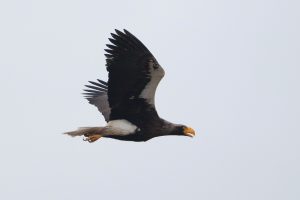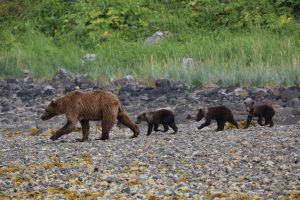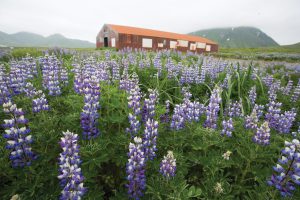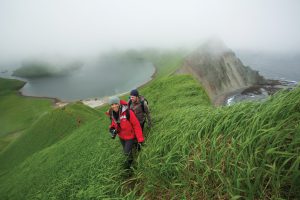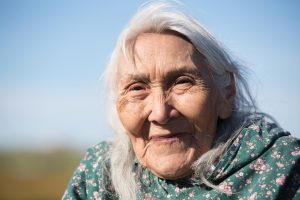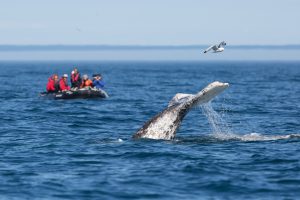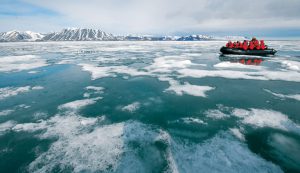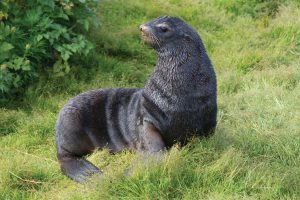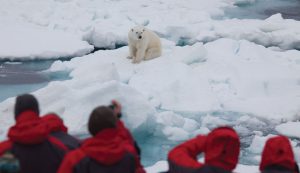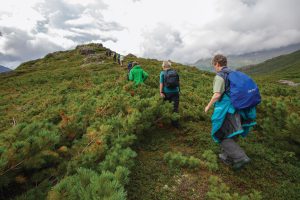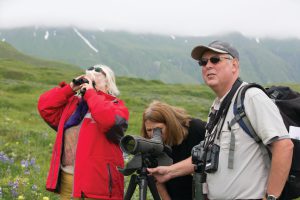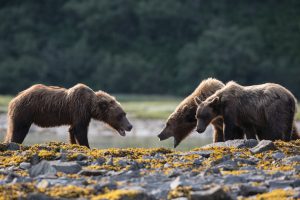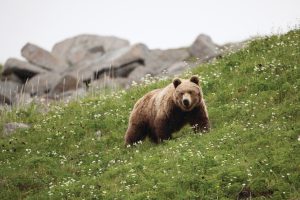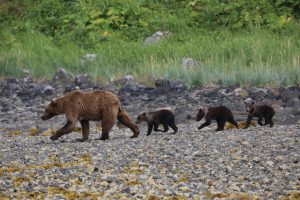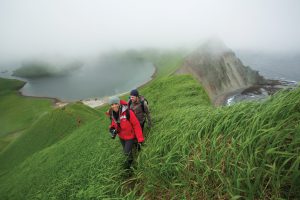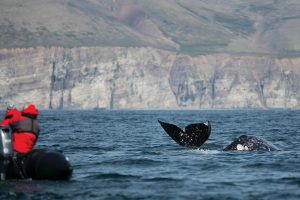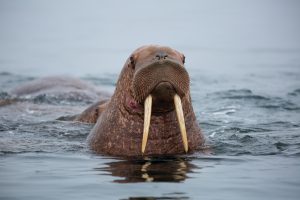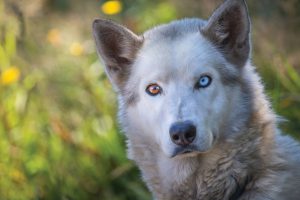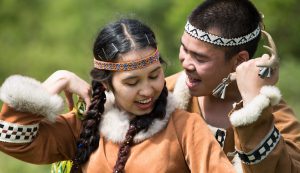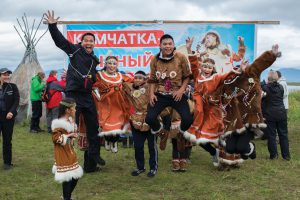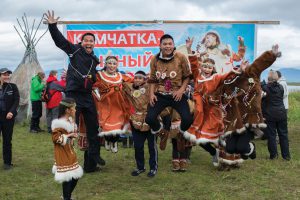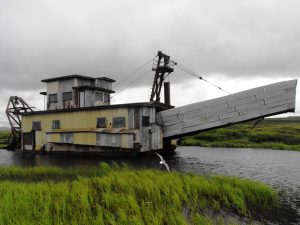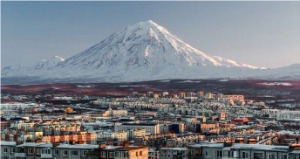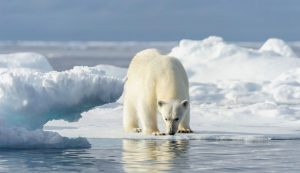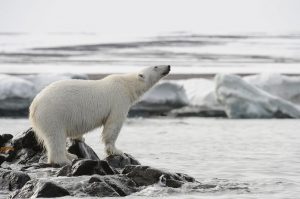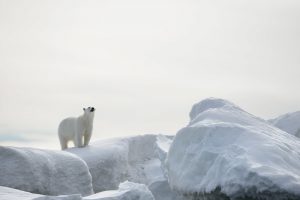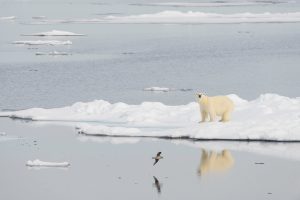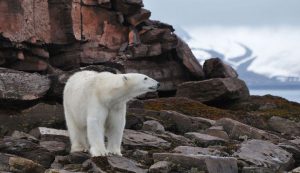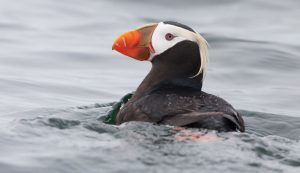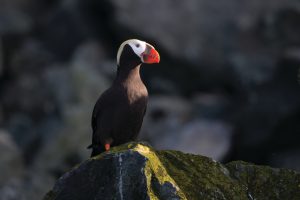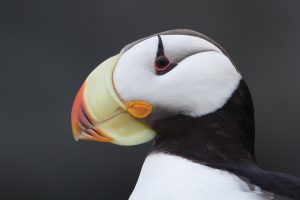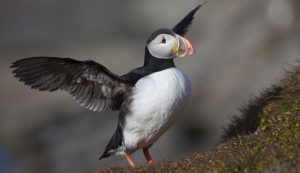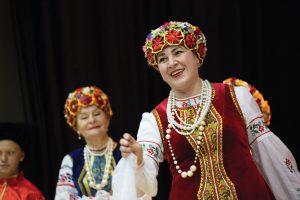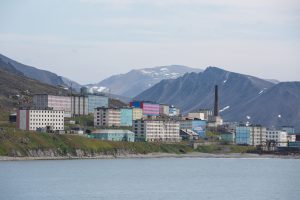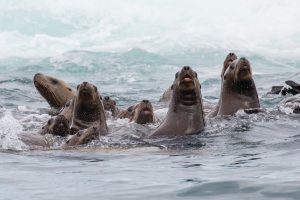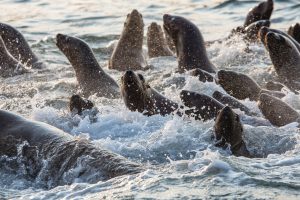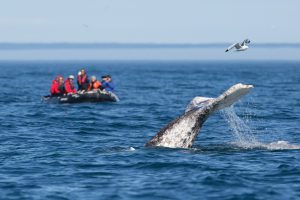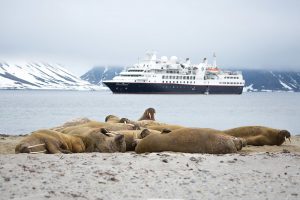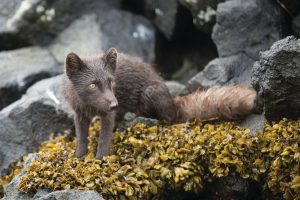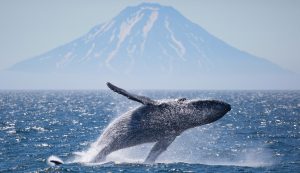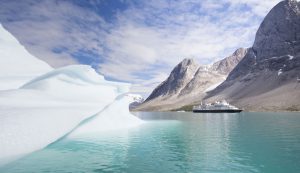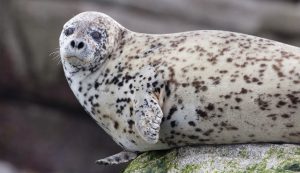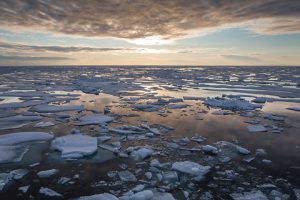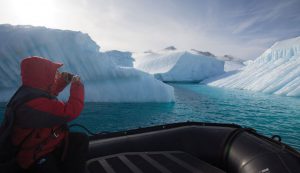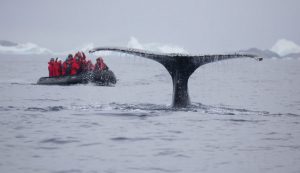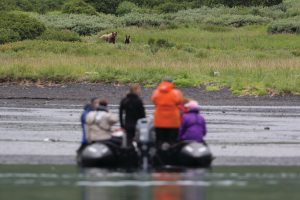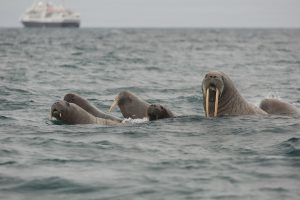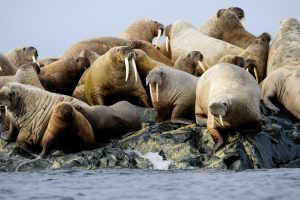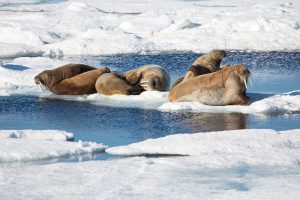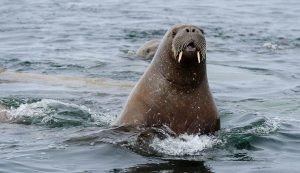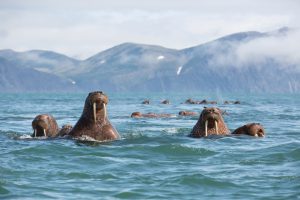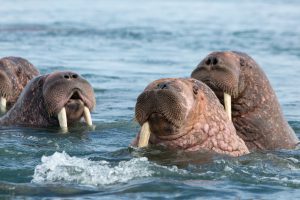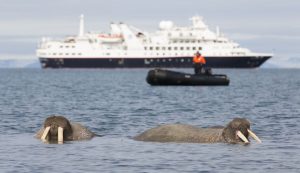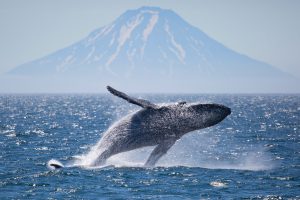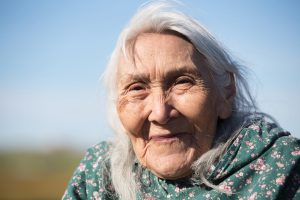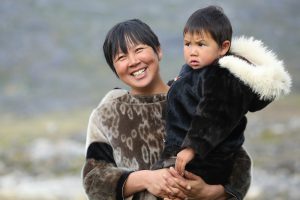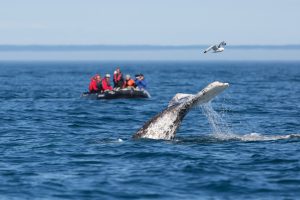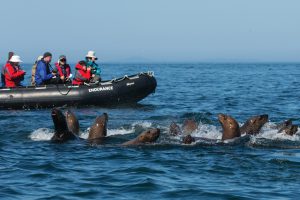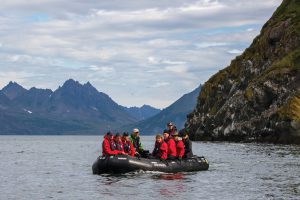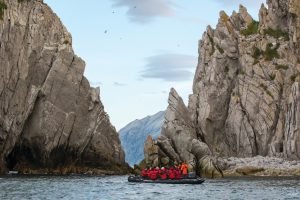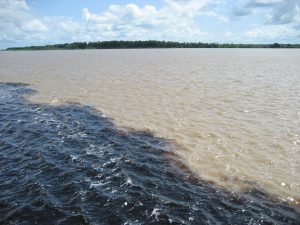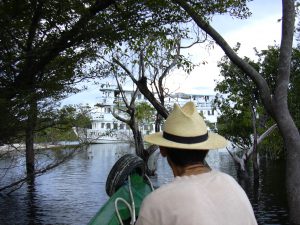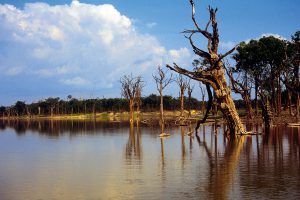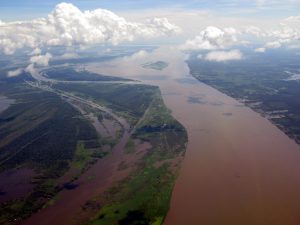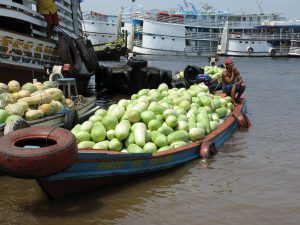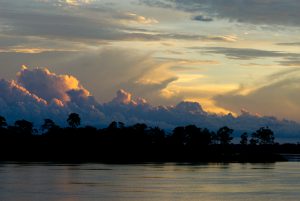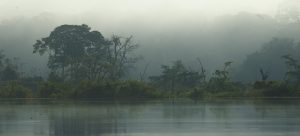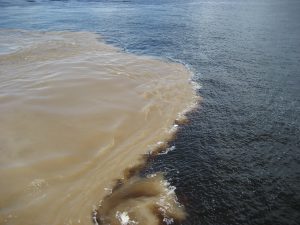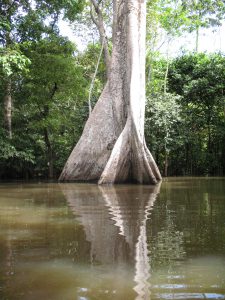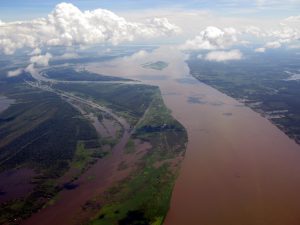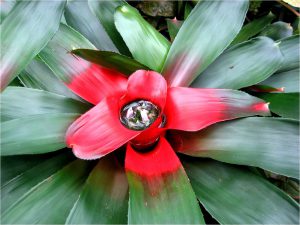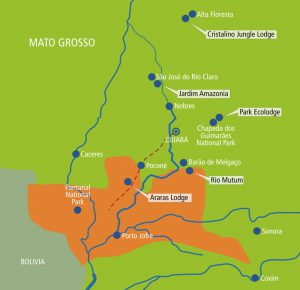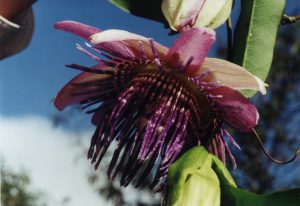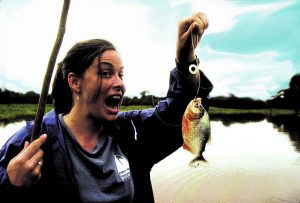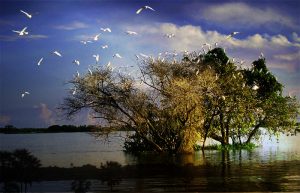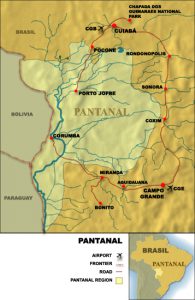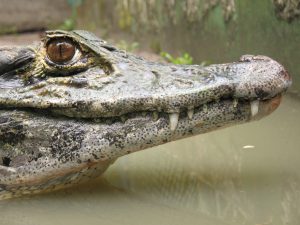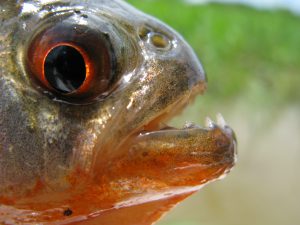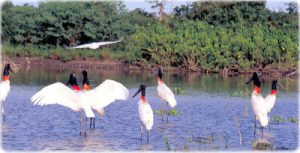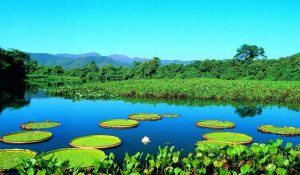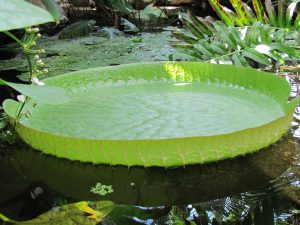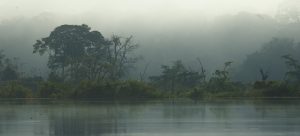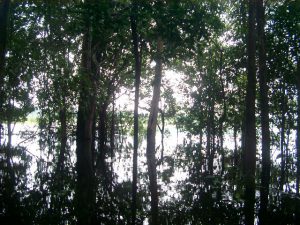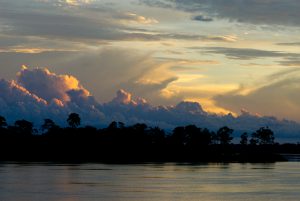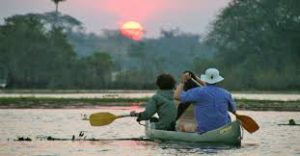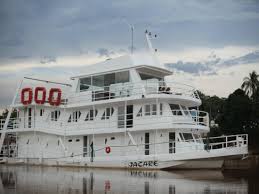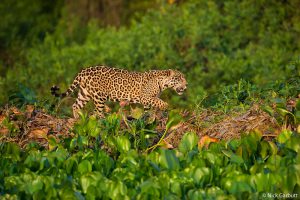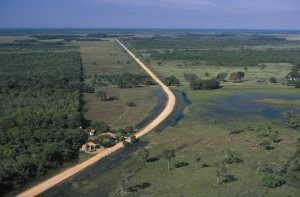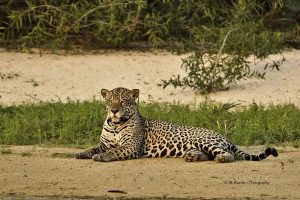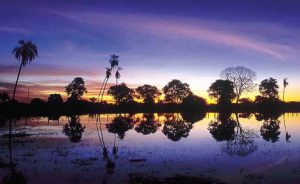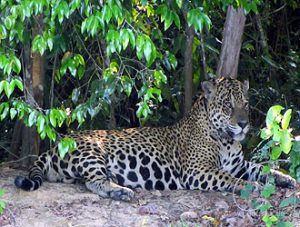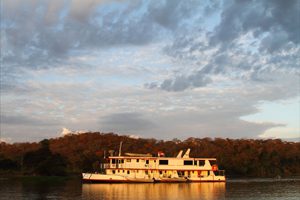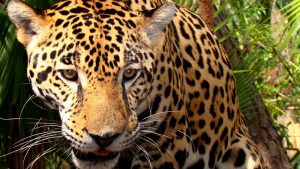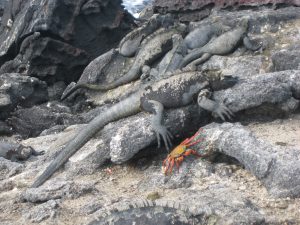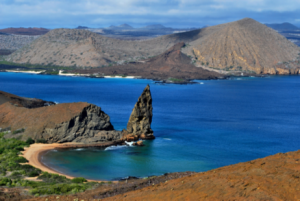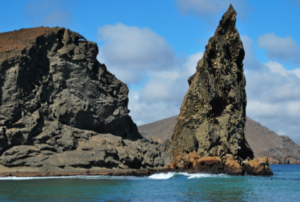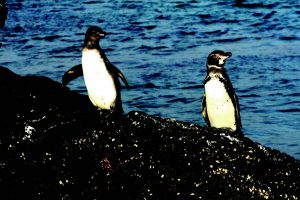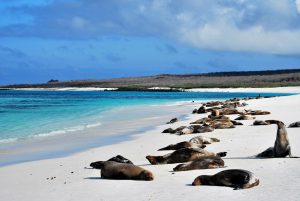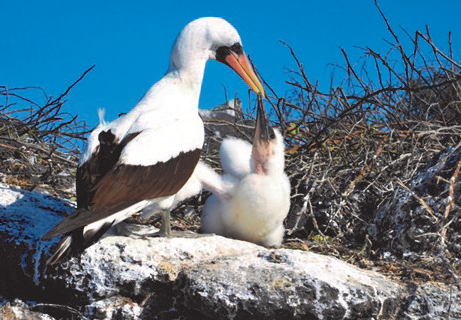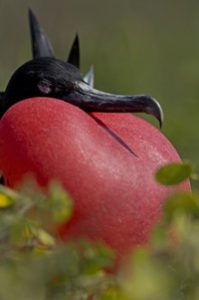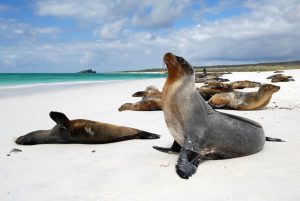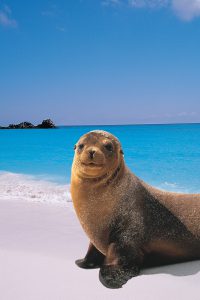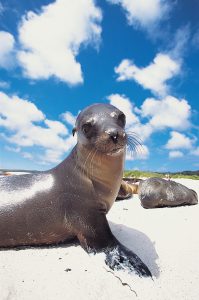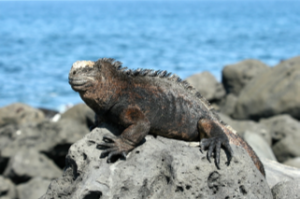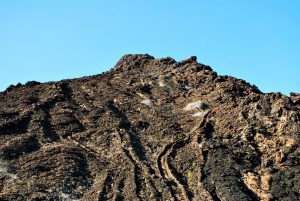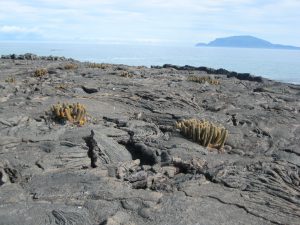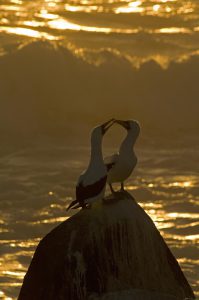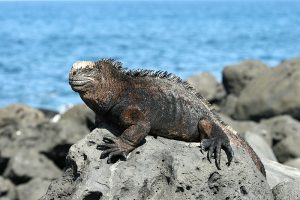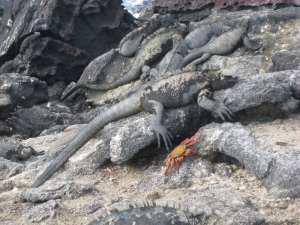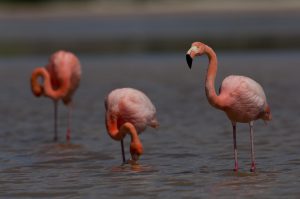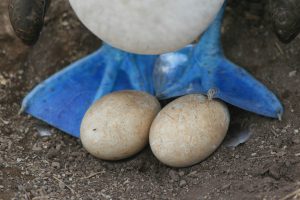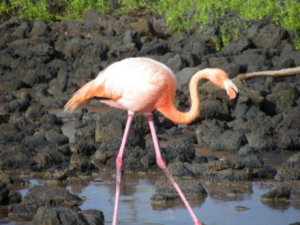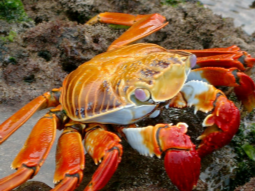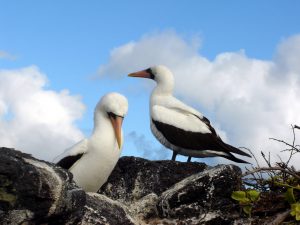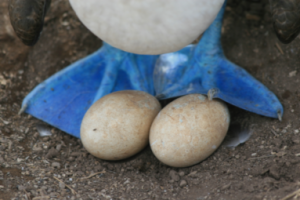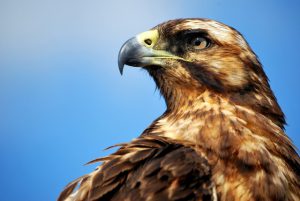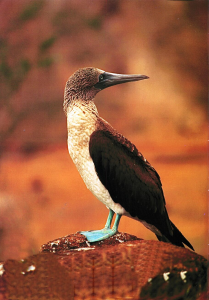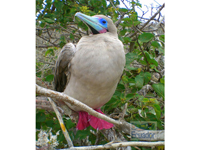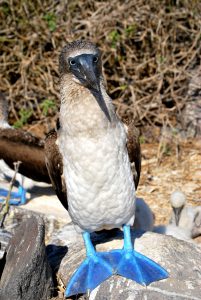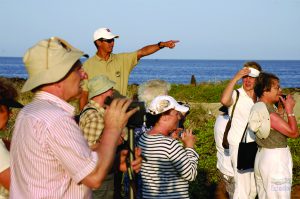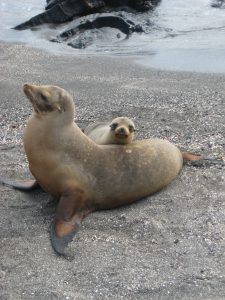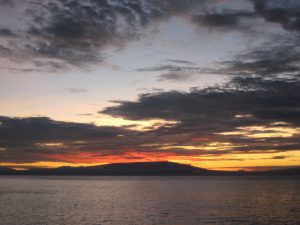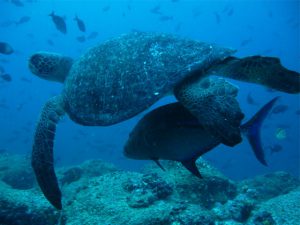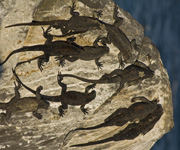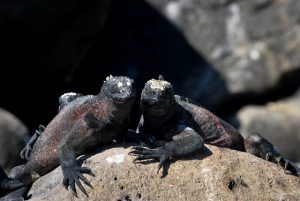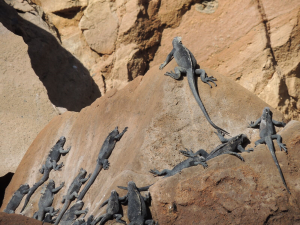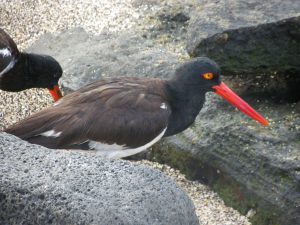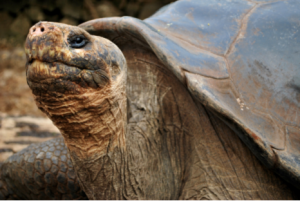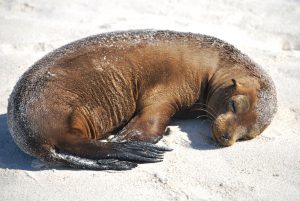Grace
INTERIOR SPACES
As of October 2017, the yacht will feature a new contemporary decor by Adriana Hoyos, a renown designer, that has worked with iconic cruising brands and luxury hotels, tailored furniture designed to enhance the guests experience, upgraded bathroom design to match practicality and modern décor and modern lighting that adjusts to different moods and ambiences.
STATEROOMS
Albert Deck Master Suites
There are 2 full beam master suites (A1 & A4) on the Albert Deck, both with 1 queen bed, private bathrooms, individual AC controls, safe boxes, and plenty of storage space for clothing and luggage. Telephones are also available for internal communications only. These cabins have windows.
Albert Deck Twin Suites
There are 2 suites (A2 & A3) on the Albert Deck, both with 2 twin beds that can convert to 1 queen bed, private bathrooms, individual AC controls, safe boxes, and plenty of storage space for clothing and luggage. Telephones are also available for internal communications only. These cabins have windows.
Carolina Deck Queen Premium Staterooms
There are 2 premium staterooms (C1 & C2) on the Carolina Deck, both with 1 queen bed, private bathrooms, individual AC controls, safe boxes, and plenty of storage space for clothing and luggage. Telephones are also available for internal communications only. These cabins have portholes.
Carolina Deck Twin/Queen Premium Staterooms
There are 2 premium twin/queen staterooms (C3 & C4) on the Carolina Deck, both with 2 twin beds that can convert to 1 queen bed, private bathrooms, individual AC controls, safe boxes, and plenty of storage space for clothing and luggage. Telephones are also available for internal communications only. These cabins have portholes.
Carolina Deck Premium Stateroom
There is 1 premium full beam stateroom (C5) on the Carolina Deck, with a twin bed and a queen bed, private bathroom, individual AC control, safe box, and plenty of storage space for clothing and luggage. A telephone is also available for internal communications only. This cabin has portholes.
Bathroom Amenities
Amenities in your private bathroom include walk-in shower, vanity, shampoo, conditioner, soap and hair dryers available.
EXTERIOR SPACES
The outer corridor is an excellent way to get around the M/Y Grace and all its social areas. It offers access to a 360 degree view of your surroundings while navigating the archipelago. As exciting as it is to explore the magic of Galapagos, we’ve found that our guests are almost as excited to sit down to a meal at the al-fresco dining area while enjoying the panorama. One of our most private and special places onboard is the stern resting area with the original 1927 wheel.
Enjoy the comforts of our inner saloon to spend some time to relax. We hold our daily briefings here where you can also learn from our guides on why Galapagos is a natural wonderland of our world. We are passionate about maintaining a connection to the past and history of the M/Y Grace. Original pieces of the yacht are found around the vessel and we celebrate this by bringing all the heritage of this iconic yacht back to life.
HISTORY
1928-1939: CAMPER & NICHOLSON INTERNATIONAL
Born in 1928, Camper and Nicholsons, the oldest leisure marine company in the world, producing and managing yachts for the world’s richest people, constructed the M/Y Grace in Southampton, England.
She weighed 298 tons, was 147 feet long, with a 23-foot beam and a draft of 12 feet.M/Y Grace bore many names since Santiago Soulas, an Argentinean, commissioned her just before The Crash silenced the Roaring Twenties. Soulas named her after his daughter Monica, and kept her four years before selling her to Zarch Couyoumbian, a Greek gentleman who named her Rion. In 1938, Sir George Tilley, chairman of the Prudential Insurance Co., acquired and enjoyed her until 1939, when the British conscripted her for the war effort.
1939-1940: THE WAR YEARS
The Royal Navy – well-heeled in warships – needed smaller vessels for coastal patrols and snatched yachts from the Mediterranean and the Caribbean playgrounds. Rion found herself in a Tynemouth shipyard, stripped of her furnishings and paneling. She was strengthened to carry a 12-pound quick-firing gun on the forecastle, twin 40mm Oerlikons alongside the bridge and a rack on the stern holding eight 300 lb. depth charges. The corporate crew quarters were removed and hammock-hooks were welded to the deck. The forward suite became the operations and sonar room, another suite became the radio room, and the aft suite was an ammunition magazine.
On October 21, 1939, she joined the Royal Navy with a crew of 20 under the command of Lt. T. Brydon, RNVR. She and 15 other vessels patrolled the entrances to the Solent and along the Isle of Wight: calm waters with the Germans focused on the skies. On patrol off the Nab Tower, however, a Dornier 110 returning from a bombing raid strafed Rion. She took some damage to her superstructure but suffered no casualties.
On May 26, 1940, during Operation Dynamo, Rion was dispatched to the beaches of Dunkirk to evacuate the British Expeditionary Force. She made three 39-mile runs from Dunkirk to Dover, each time delivering 300 soldiers. On her third run, a near-miss from a bomb off her starboard bow killed 14 soldiers and one sailor and left shrapnel holes in the hull. Repaired in Portsmouth, she resumed duty in the channels from Portsmouth to Southampton.
1940-1951: SIR WINSTON CHURCHILL
Rion’s finest hour came on November 22, 1940 with a daring nighttime capture. She was patrolling south of the Isle of Wight with HMS Shemara and HMS Valera. At 2:44 a.m. radar contact was obtained 10 miles southwest. Lt. Brydon ordered pursuit and discovered a German E-boat floundering in the swells, and Rion and Shemara opened fire from astern of the boat. The Germans returned small-arms fire but surrendered when a shell from Rion hit her bridge. Rion escorted the E-Boat to the Portsmouth Harbour naval base. Rion had not finished yet: she discovered a submarine on the night of March 23, 1941, and made numerous depth charge runs, but the large oil slick seen at dawn was insufficient evidence to confirm that Rion had destroyed the U-boat.
By June 3rd, Rion’s port engine had been crippled, and she was decommissioned for three months before returning to duty: stripped of armaments and refitted with three-tier bunks and a red cross painted on her sides and upper deck, she became an annex to the Royal Navy Hospital. Here she remained until the war’s end, when she was rechristened HMS Noir.
Sir Winston Churchill cruised on her after the war.
On October 1945 she was decommissioned and 17 months later she arrived at her original builders—Southampton’s Camper & Nicholson—for restoration. On September 16, 1947 she was returned to Sir George Tilley.
1951-1960: HIGH LIFE ON THE HIGH SEAS
Upon Sir George’s death in 1951, Aristotle Onassis’ charter firm acquired HMS Noir and renamed her Arion. Two years later, the yacht became property of Prince Rainier and Princess Grace of Monaco as a wedding gift from Aristotle Onassis. The royal couple honeymooned aboard the boat—which they christened Deo Juvente II—along the coasts of Corsica and Sardinia. They kept her until 1958, when a Monegasque businessman purchased her and renamed her Daska.
1960-2007: FROM MONACO TO NEGRIL
Crest Shipping’s charter business brought her to the Bahamas in 1960. In 1965, she joined Cove Shipping in the Caribbean as Angela, headquartered in Montego Bay.
She again became Daska in 1983, before seizure by the Jamaican government for non-payment of taxes. She languished in Montego Bay until 1985, when John Issa, chairman of SuperClubs, discovered her at auction. Thoroughly refitted in Tampa, Florida, she cruised along the East Coast, bearing the name of one of John Issa’s daughters: Zein.
M/Y Zein arrived in Negril for the opening of Grand Lido Negril in 1989 and remained there until 2006, tempting buyers from around the world, including Paul Allen, co-founder of Microsoft, who hoped to use her as a shadow boat for his mega-yacht.
2007-PRESENT: AN ICON IN THE GALAPAGOS ISLANDS
In 2007 Quasar Expeditions acquired the M/Y Zein and rechristened her the M/Y Grace: a name that would take her back into her history, to her most elegant times. Over the course of the next 2 years the yacht was rebuilt completely from the ground up. She was outfitted with the latest equipment to meet the needs of modern times. Today, she is the most elegant and tasteful Galapagos cruise yacht to sail the enchanted Galapagos Islands.
Although M/Y Grace looks as young and chic today as the princess who honeymooned aboard her in the 1950s, she is nonetheless what the French call “une femme d’un certain age.” She’s surrendered none of her youth’s glamour to the scars and wrinkles of a gallant life, including a stint chasing submarines during World War II. Combat aged on her, but benefactors like Aristotle Onassis, John Issa, and Prince Rainier ensured she was kept in the style to which she was accustomed. Now, as the M/Y Grace, she plies the waters of the Galapagos Islands, once again the elegant hostess to carefree, adventurous, perfect parties.


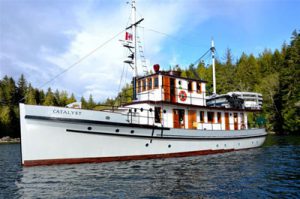
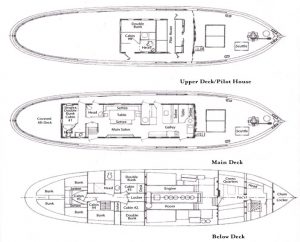
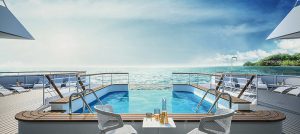
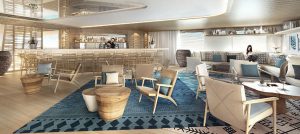
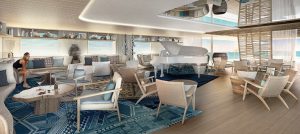
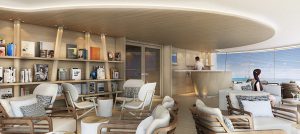
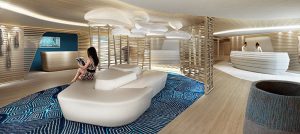
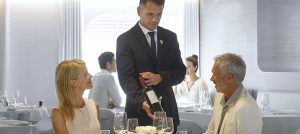
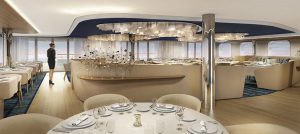
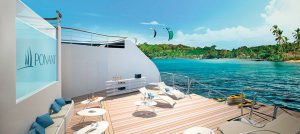
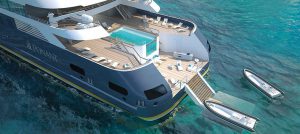





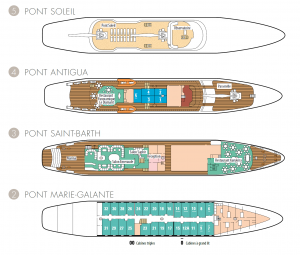
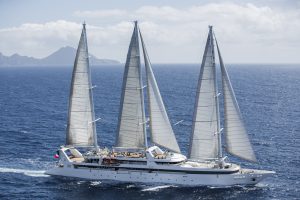
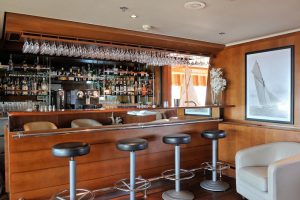
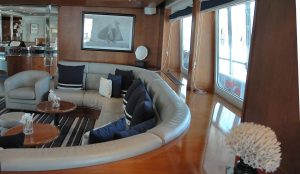
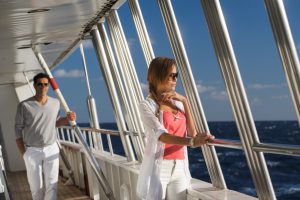
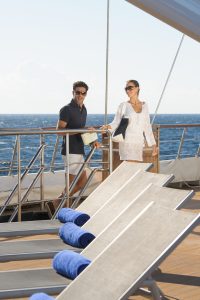
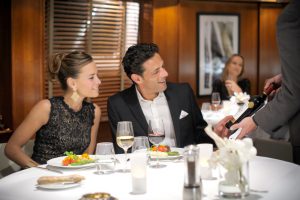
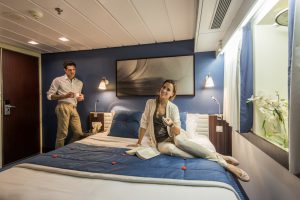
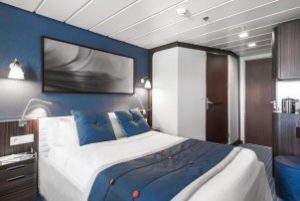
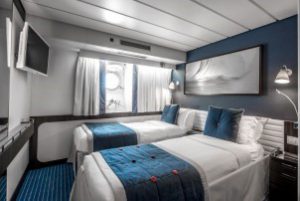
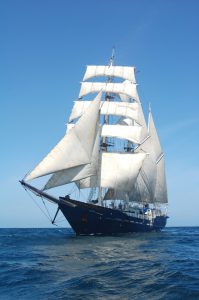
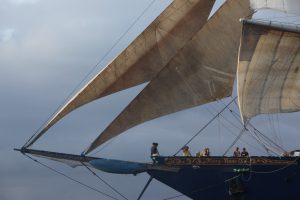
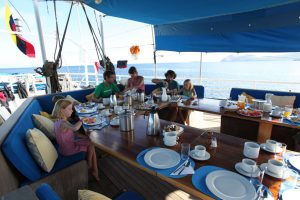
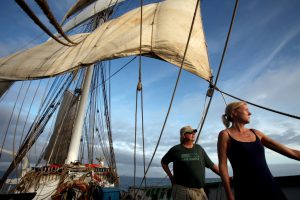
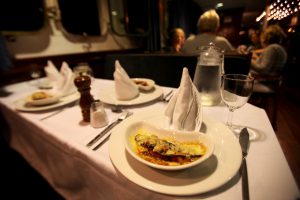
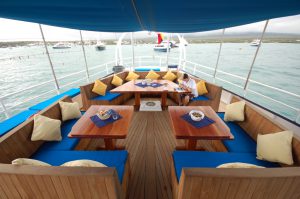
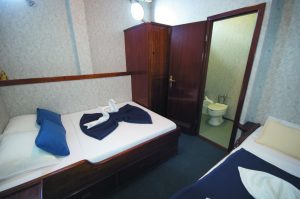
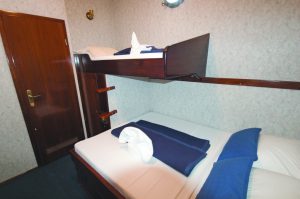
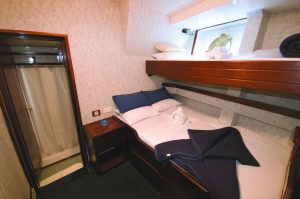
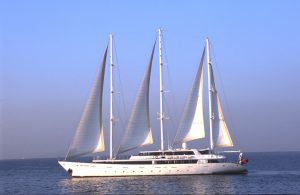
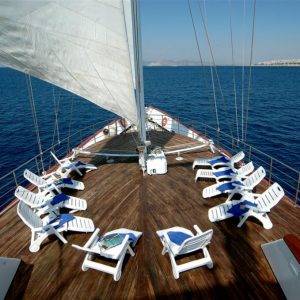
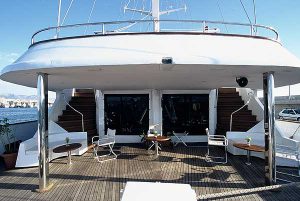
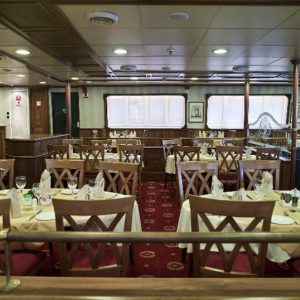
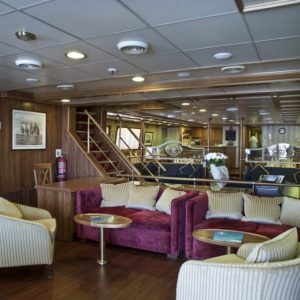
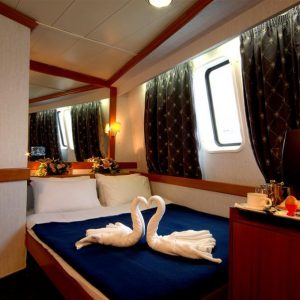
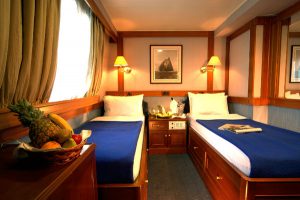
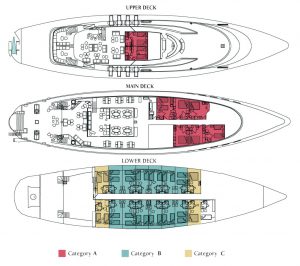
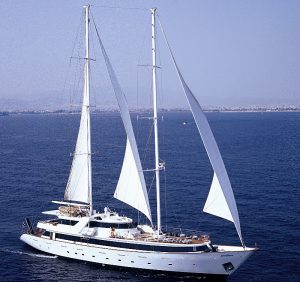
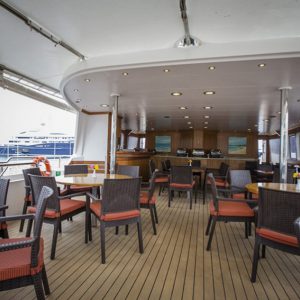
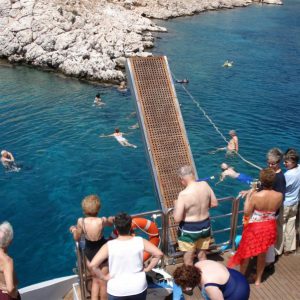
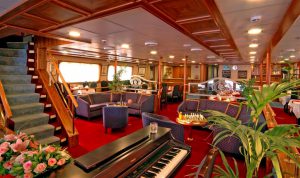
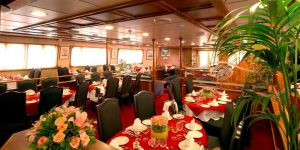
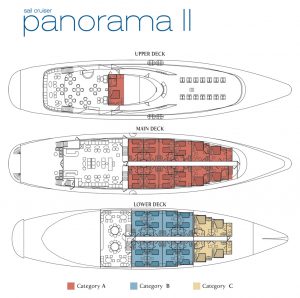
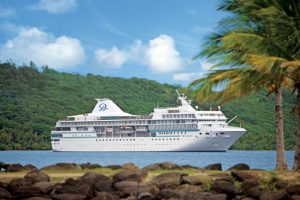
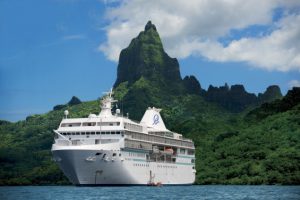
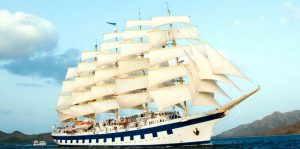
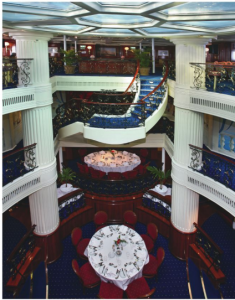
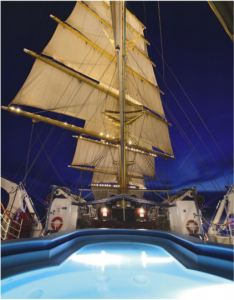
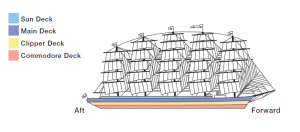




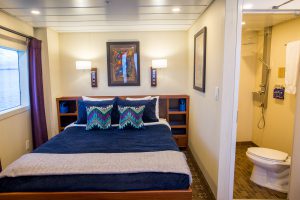
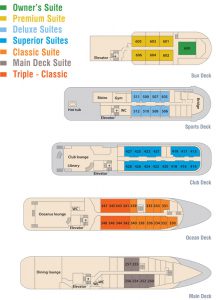
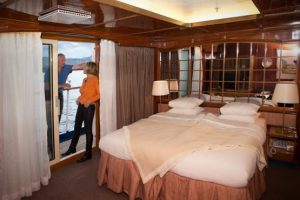
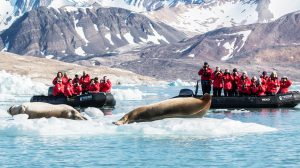
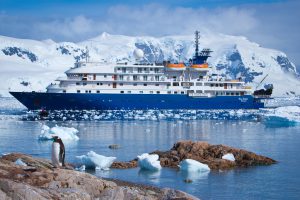
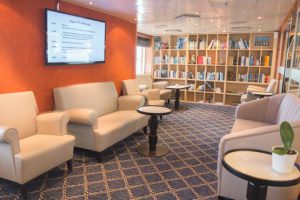
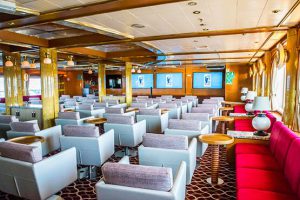
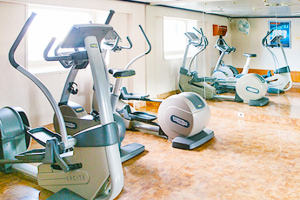
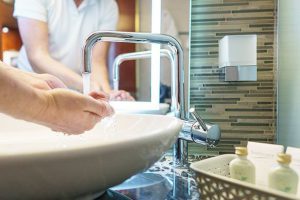
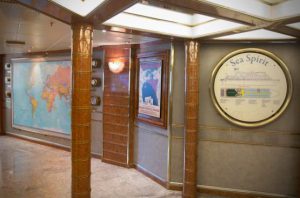
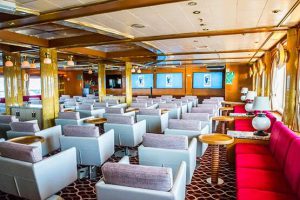
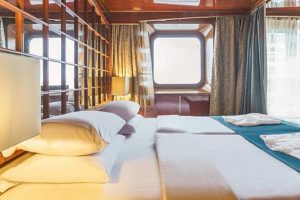
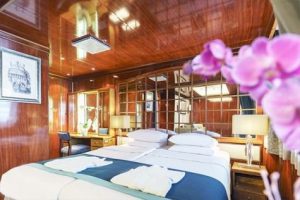
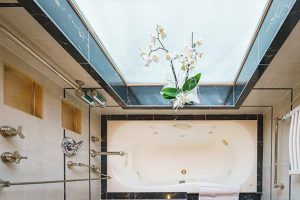
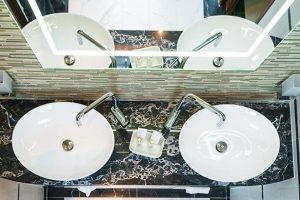
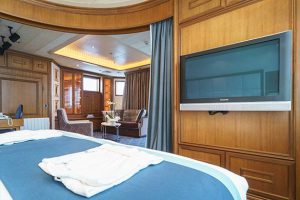
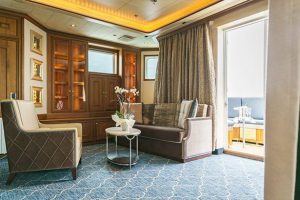
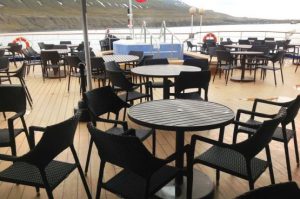
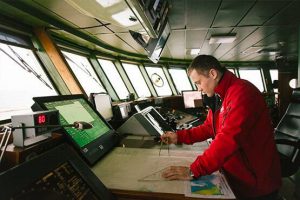
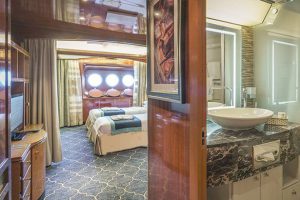
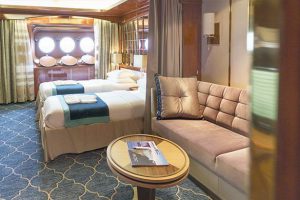
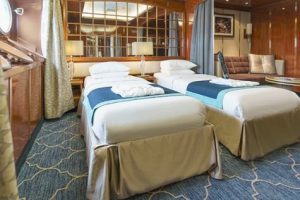
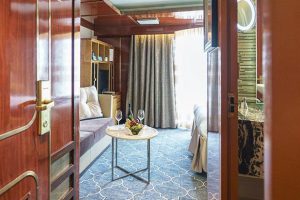
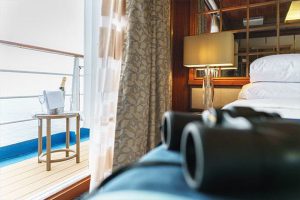
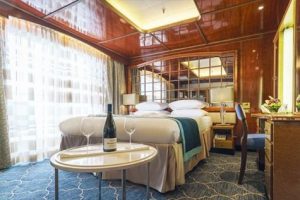
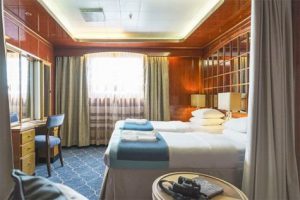
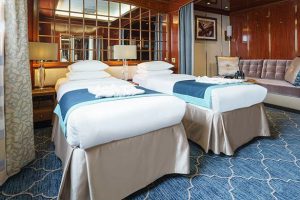
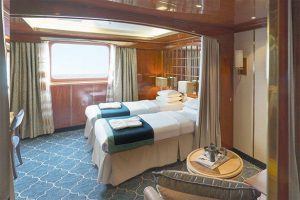
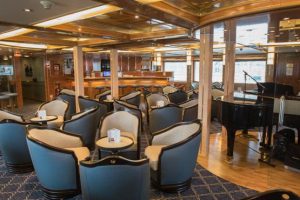
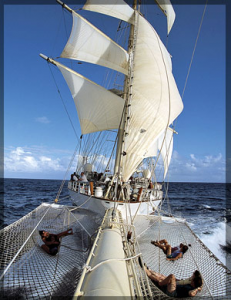
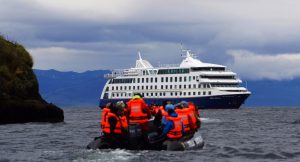
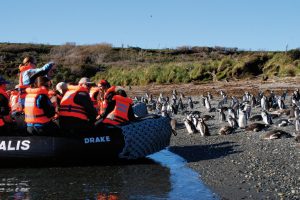
 Yellow Category Cabins: The five cabins in this category are large and have beds side by side. They are numbered 3, 4, 5, 6, and 0. Cabin “0” has a queen size bed beside a single bed.
Yellow Category Cabins: The five cabins in this category are large and have beds side by side. They are numbered 3, 4, 5, 6, and 0. Cabin “0” has a queen size bed beside a single bed.